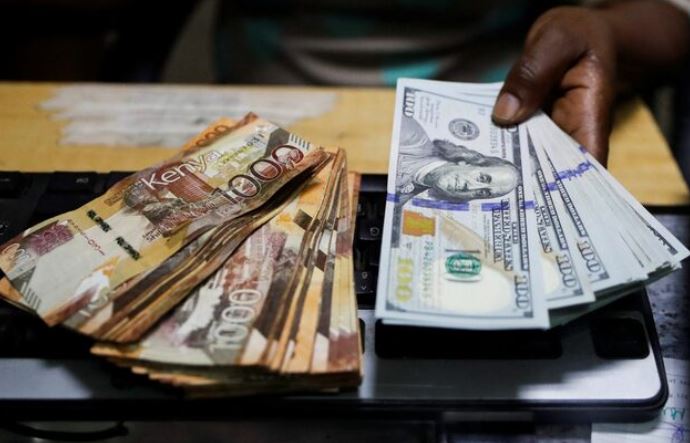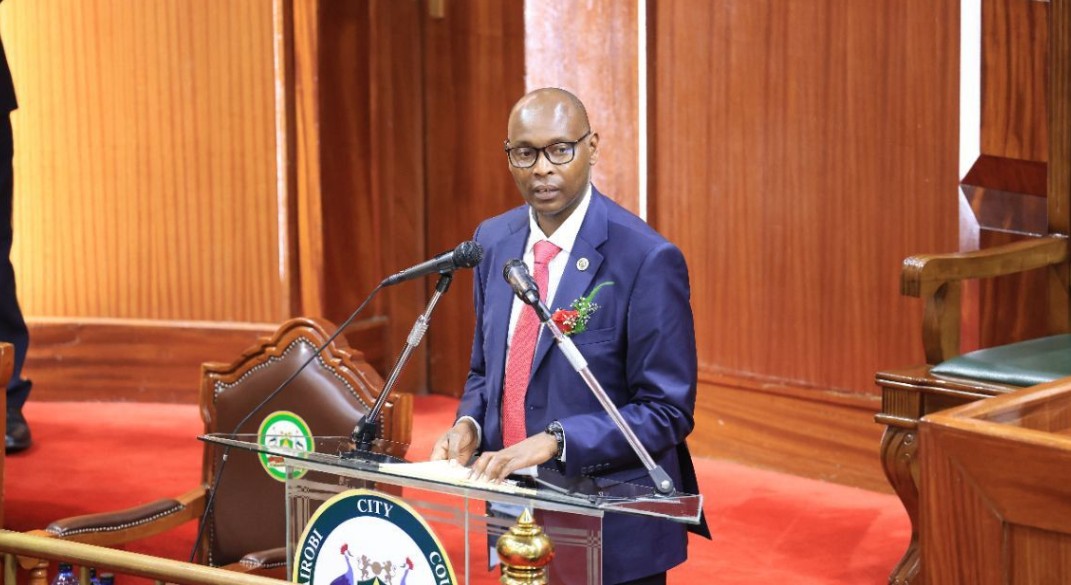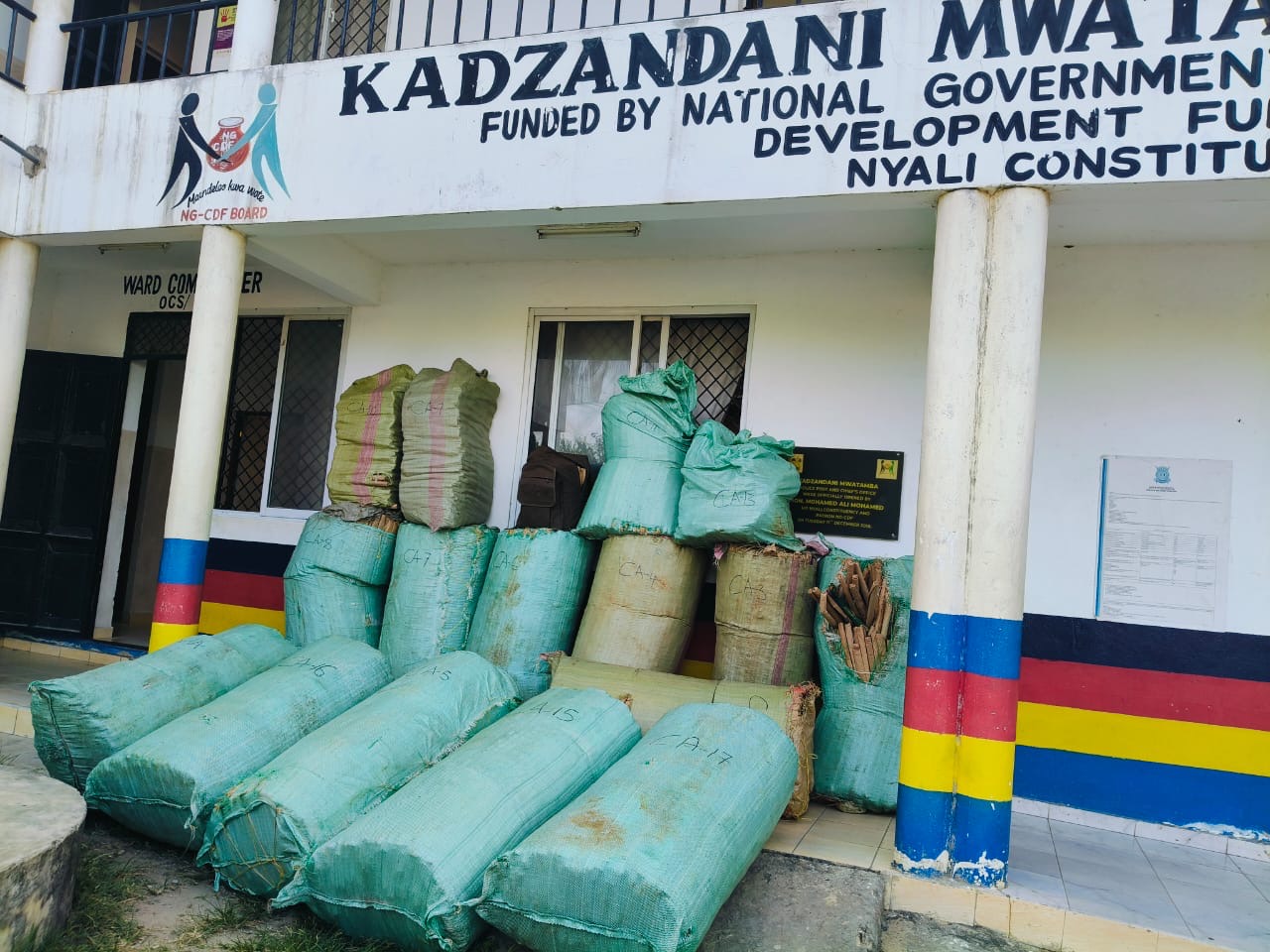Kenyan shilling rallies against major world currencies

An analysis of data from the Central Bank of Kenya (CBK) shows the Kenyan shilling closed the first quarter of 2025 with a 14 per cent year-on-year gain against the greenback.
Kenyan shilling posted a strong start in 2025, recording gains against all major global and regional currencies in the first three months, according to the latest figures.
According to the Q1 statistical figures by the Kenya National Bureau of Statistics (KNBS), the local currency appreciated against the Euro, Pound Sterling, and the US dollar by 16.3, 14.2 and 13.6 per cent, respectively.
More To Read
- June sees deepening slump in Kenya’s private sector following protests, weak consumer spending
- Kenya’s Q1 growth steady at 4.9 per cent despite service sector slowdown
- Loan interest rates drop as CBK moves to scrap risk-based pricing
- Foreign direct investment inflows to developing nations fall to 18-year low, threatening job growth - report
- Bleak outlook as CBK reveals one in three firms won’t hire in 2025
- CBK extends operating hours for high-value transactions by four hours, starting July 1
This is in comparison to the same period last year.
“In addition, the Kenyan shilling strengthened against the Japanese Yen and the South African Rand by 15.9 per cent and 11.7 per cent, respectively,” the Q1 GDP report reads.
“Compared to the regional currencies, the Kenyan shilling also gained ground against the Tanzanian and Ugandan Shillings by 16.7 per cent and 9.6 per cent, respectively.”
The remarkable performance cements the local currency’s position as the best-performing currency in Africa last year.
Global lender, the World Bank, in its April Africa Pulse report, revealed that the Kenyan Shilling outperformed its continental counterparts to become the best-performing currency in Africa in 2024.
The local currency appreciated by 20 per cent against the global benchmark, the US Dollar, over the year, marking the highest gain across the region.
World Bank credited the strong performance to less restrictive financial conditions and the realisation of benefits from foreign exchange market reforms during the year.
It further highlighted that the local currency as of April this year had maintained its strong momentum, showing relative stability despite the prevailing global economic pressures.
An analysis of data from the Central Bank of Kenya (CBK) shows the Kenyan shilling closed the first quarter of 2025 with a 14 per cent year-on-year gain against the greenback.
It averaged an exchange rate of 129.34 to the dollar, a 13.6 per cent gain from the same quarter in 2024 when it averaged 149.74.
To date, the Kenyan shilling has held firm at an average exchange rate of 129 for 11 consecutive months.
It has maintained this exchange rate since last year, signalling resilience amid recent global uncertainties.
Notably, it began to retreat from the 130 mark in late July last year, following a period of consecutive strengthening since early February, when it hit the historic low of 160.
CBK, on Friday, quoted the shilling at 129.23.
The performance marks a period of relative stability for the local currency, which had faced intense pressure in previous quarters.
The steady exchange rate comes despite heightened geopolitical tensions stemming from the recent Israel-Iran conflict, which sent shockwaves through global markets and sparked volatility in oil and commodity prices.
Analysts had anticipated potential spillover effects on emerging market currencies, including the Kenyan shilling, but those fears did not materialise significantly.
According to market observers, strong inflows from remittances, improved foreign exchange reserves, and tighter monetary policy by the CBK have played a part in helping anchor the currency during the turbulent quarter.
The shilling's performance is also being viewed as a positive signal for investor confidence and macroeconomic stability.
Its appreciation for instance has a positive impact on reducing the importation costs, with the effect trickling down to the consumers, as Kenya remains a net importer.
However, experts warn that the outlook remains cautious, as continued geopolitical risks and global economic uncertainties could test the shilling’s resilience in the months ahead.
Top Stories Today












































